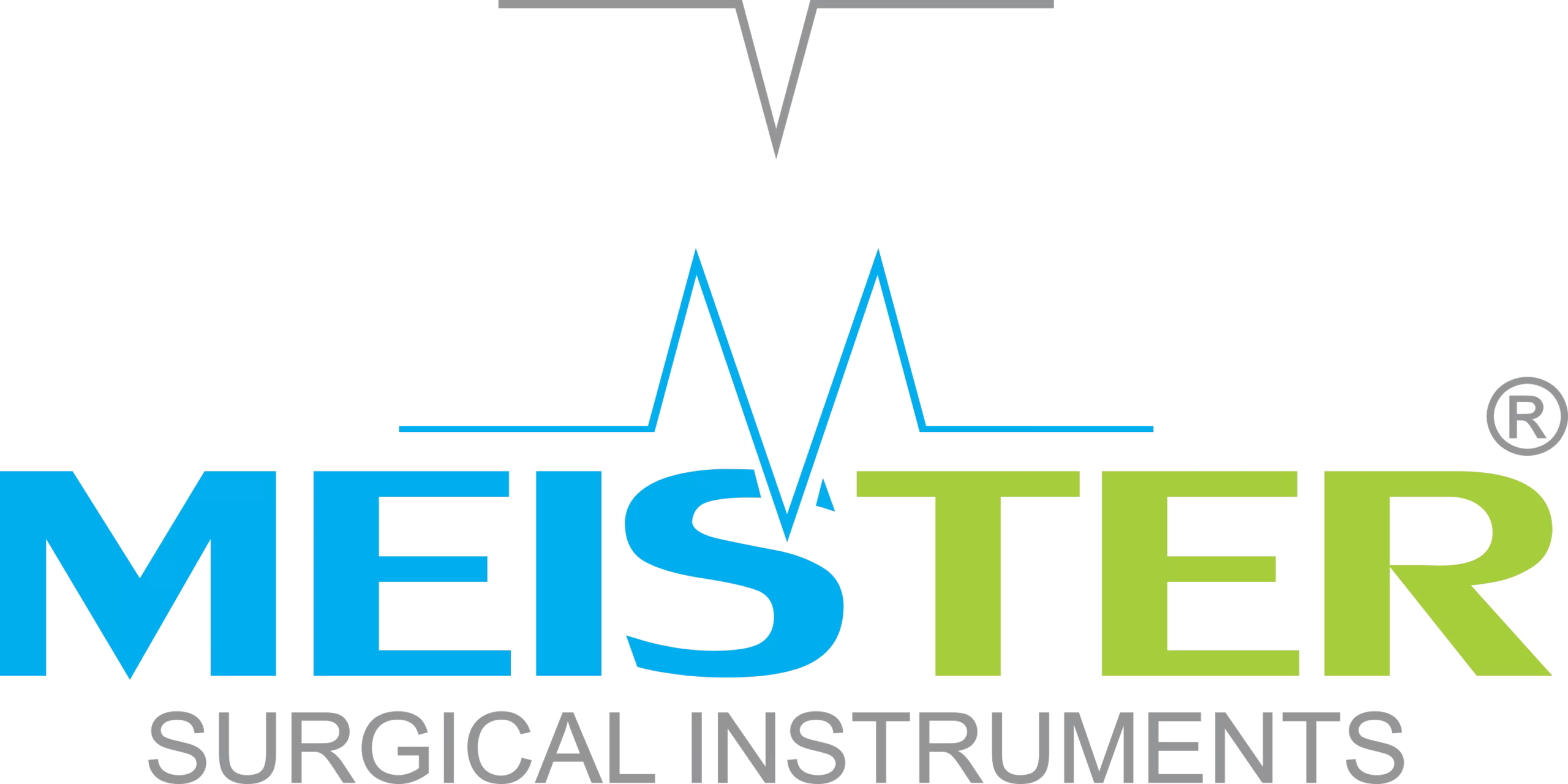Circumcision is a surgical procedure that involves the removal of the foreskin from the male genitalia. It is performed for various reasons, including religious, cultural, hygienic, and medical purposes. Regardless of the reason, one crucial aspect of the circumcision process is the precision and safety provided by the surgical instruments involved. In this comprehensive blog, we will explore the essential tools for circumcision, their purposes, advancements in circumcision technology, and the role of high-quality surgical instruments in ensuring patient safety and positive outcomes.
Understanding Circumcision
Circumcision is one of the oldest known surgical procedures, practiced for thousands of years across different cultures and communities. While neonatal circumcision is most common, the procedure can also be performed on older children and adults. The type of circumcision and tools used often depend on the patient’s age, the surgeon’s preference, and the setting (clinical or non-clinical).
Common Tools for Circumcision
Let us delve into the core surgical instruments and devices used during circumcision:
1. Scalpel or Surgical Blade
- Purpose: Used to make precise incisions to remove the foreskin.
- Features: Sterile, sharp, and disposable or reusable.
- Variations: Size and shape can vary based on age and surgical technique.
2. Dorsal Slit Clamp / Hemostat
- Purpose: Used to clamp the foreskin and provide hemostasis (control of bleeding).
- Features: Stainless steel, locking mechanism, various sizes.
- Types: Mosquito hemostats, Kelly clamps.
3. Gomco Clamp
- Purpose: Commonly used in neonatal circumcision to prevent bleeding by crushing the foreskin.
- Features: Metal base plate, bell-shaped dome, and locking arm.
- Advantages: Minimizes bleeding, often no sutures required.
4. Plastibell Device
- Purpose: Another popular device for neonatal circumcision.
- How it Works: A plastic ring is placed under the foreskin and tied tightly; the foreskin falls off along with the ring within 7-10 days.
- Advantages: No need for sutures, low complication rate.
5. Mogen Clamp
- Purpose: Used in both clinical and religious circumcisions.
- Features: Flat blades that clamp the foreskin.
- Benefits: Quick procedure time, reduced risk of injury to the glans.
6. Surgical Scissors
- Purpose: For cutting tissues with precision.
- Types: Iris scissors, Mayo scissors.
- Advantages: Essential for tissue dissection and trimming excess skin.
7. Needle Holder & Sutures
- Purpose: For stitching the wound post circumcision.
- Needle Holders: Mayo-Hegar and Olsen-Hegar types.
- Sutures: Absorbable sutures preferred to eliminate the need for suture removal.
8. Forceps
- Purpose: To grasp, retract, and manipulate tissue during surgery.
- Types: Adson forceps, tissue forceps with teeth.
- Usefulness: Essential for proper control and tissue handling.
9. Antiseptic and Sterilization Tools
- Purpose: To clean and disinfect the surgical area and tools.
- Common Agents: Betadine, alcohol swabs.
- Importance: Crucial to prevent post-operative infections.
10. Anesthesia Tools
- Purpose: Administer local or general anesthesia for pain control.
- Tools: Syringes, anesthetic drugs (like lidocaine), inhalation masks.
Innovations in Circumcision Devices
In recent years, technological innovations have led to the development of advanced circumcision tools and devices:
1. PrePex Device
- A non-surgical circumcision device that requires no anesthesia or sutures.
- Mainly used in adult voluntary medical male circumcision (VMMC) programs.
2. ShangRing
- A disposable, plastic device offering a quick, safe, and suture-free procedure.
- Popular in global health initiatives.
3. SmartClamp
- Combines a ring and clamp mechanism.
- Quick and easy application with minimal bleeding.
4. ZSR Stapler
- Used in adult circumcision.
- Cuts and seals the foreskin using a circular stapling device.
These devices are transforming how circumcision is approached, especially in low-resource settings and mass circumcision initiatives.
Factors to Consider When Selecting Circumcision Tools
When choosing tools for circumcision, several factors must be considered:
- Patient Age: Neonatal tools differ significantly from those for adult procedures.
- Sterility: Instruments must be sterile to prevent infections.
- Reusable vs Disposable: Disposable tools reduce infection risk; reusable tools are cost-effective.
- Material: High-quality stainless steel ensures longevity and durability.
- Compliance with Standards: Tools should meet FDA, CE, or other regional regulatory standards.
The Role of Meister Surgical in Providing Circumcision Tools
At Meister Surgical, we specialize in manufacturing and supplying premium-grade surgical instruments. Our extensive catalog includes:
- Gomco clamps
- Mogen clamps
- Plastibell devices
- Surgical blades and scissors
- Needle holders and sutures
- Forceps, retractors, and more
We ensure our tools for circumcision are made from high-grade stainless steel, thoroughly sterilized, and conform to international safety standards. Whether you’re a hospital, clinic, or medical mission program, Meister Surgical offers reliable tools designed for optimal performance.
Visit us at Meister Surgical or email info@meistersurgical.com to request a catalog or quote.
Safety and Complications: Why the Right Tools Matter
Using high-quality, properly designed instruments can reduce the risk of:
- Hemorrhage
- Infection
- Injury to the glans
- Incomplete circumcision
- Cosmetic irregularities
Proper training and tool sterilization protocols also play a pivotal role in achieving safe outcomes.
Best Practices for Performing Circumcision
- Ensure informed consent
- Use sterile and appropriate-sized instruments
- Administer adequate anesthesia
- Follow standardized procedural steps
- Monitor for post-operative complications
Conclusion
Circumcision is a delicate surgical procedure that demands precision, safety, and care. By using the right tools for circumcision, healthcare providers can ensure optimal surgical outcomes, minimize complications, and provide comfort to patients. The evolution of circumcision tools, from traditional blades to modern disposable devices, reflects the growing emphasis on patient safety, surgical efficiency, and procedural consistency.
For dependable surgical instruments, trust Meister Surgical to provide the tools you need for excellence in care.

